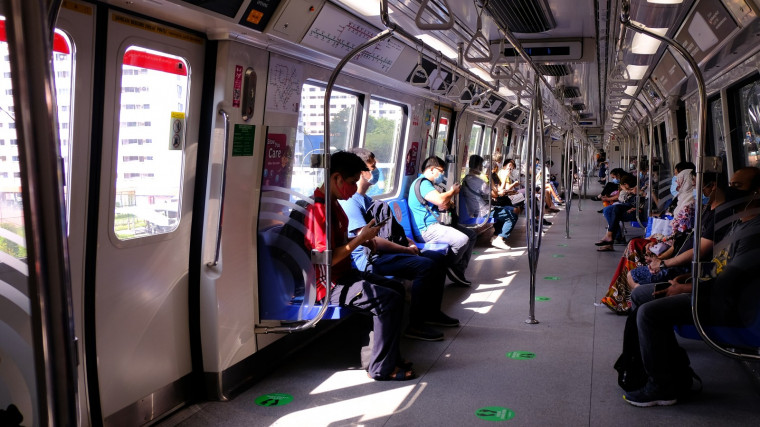What’s it called again? Phase 3 Heightened Alert?
Forgive me if I don’t keep up with the terminology. Well, at least it’s not a circuit breaker.
Yesterday, unless you’ve been living under a rock, or the semi-comatose fugue-like state that I’ve been dwelling in these past two weeks, you would have heard that in a two-step process starting on June 14, Singapore would gradually lift restrictions on social gathering sizes, group activities and eventually dining-in and working out.
Glass half empty or glass half full?
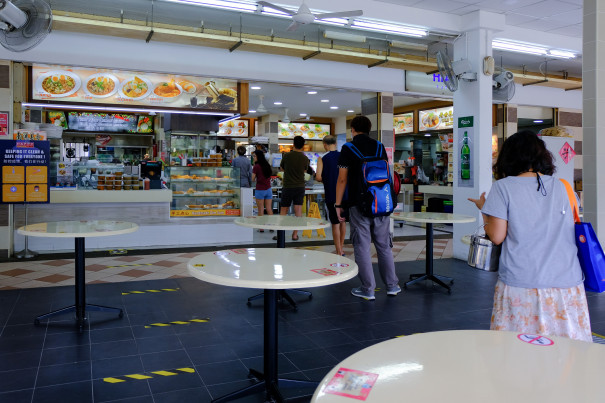
Good news, right? Depends how you look at it, to be honest.
When the alert popped up on my phone, I immediately forwarded the news to my gym buddies with excited emoji faces. No more solitary home workouts or lonely runs in the park!
Then I groaned inwardly that it’s so typical that it would happen the moment I caved and ordered some equipment online…
Like me and my mixed feelings, many Singaporeans are probably going yay but nay.
Like those who had already made restaurant reservations for June 14, anticipating a return to dining-in – they (and the beleaguered F&B outlets) would have to wait at least one more week.
Like those who are looking forward to returning to the office or have more flexible work arrangements –WFH is still the default, sorry.
And like those children who hope to resume in-person tuition classes… who am I kidding, none of them are looking forward to it. For parents, though, it’s June 21.
So it’s a two-step re-opening. Call it the Singapore Shuffle. Or the Covid cha-cha. Whatever the case, it doesn’t leave people dancing in glee. (Don’t even get me started on when we can go out to the clubs again.)
But here’s the thing, and I really hope I am wrong about this. If we accept that Covid-19 is to be endemic in our society, we should expect a situation like this — where Singapore raises or lowers our alert status according to the prevalence and virulence of the cases discovered.
As our vaccination rates go up and the severity of cases go down, herd immunity will kick in, but we will still have to deal with new Covid variants. Nevertheless, as Finance Minister Lawrence Wong says: “As we progress along these stages, we will further evolve our public health posture and progressively resume more activities. We will move to Phase 3 and beyond, and eventually to a ‘new normal’ phase of living with endemic Covid.”
So let’s temper our enthusiasm and hold back on our criticism. Because with an endemic pandemic, there is always a chance of a flare up – there will be good days and bad days. If our spirits mirror the Heightened Alert levels, then we’re in for a roller coaster ride.
Instead, let’s channel some World War II British stoicism and keep calm and carry on.
Focusing on positivity, not negativity
So how do we self-regulate our emotions as a society?
In times of trouble, are we going to stew in negativity and take it out on our fellows? Only to throw caution to the wind whenever things get better?
No, we should know better than to behave like a child who has had one too many candy bars.
This week, we got ourselves into a tizzy after a video was posted of a Chinese Singaporean man berating another man for dating someone of a different race.
What that Chinese man did was wrong. And what the Indian-Filipino man, Dave Parkash, did in response, was a wonderful example of positivity in the face of belligerence.
But what happened next was an example of negativity. The man who went on a racist rant was revealed to be a polytechnic lecturer. His details were CSIed and he was named and shamed. More videos of his comments and his alleged Islamophobia have since come to light.
There are many questions that need answers: Why was this man’s — an educator, no less — behaviour left unaddressed for so long? Why is it that when the incident happened four years ago, the student, Nurul Fatimah Iskandar, wrote to the school about the matter but did not get a response?
It is only now, after Parkash’s video, that her story is being heard.
View this post on Instagram
Why do we need to wait till things blow up before addressing the matter? Where is the potential for rehabilitation?
Other stories you might like
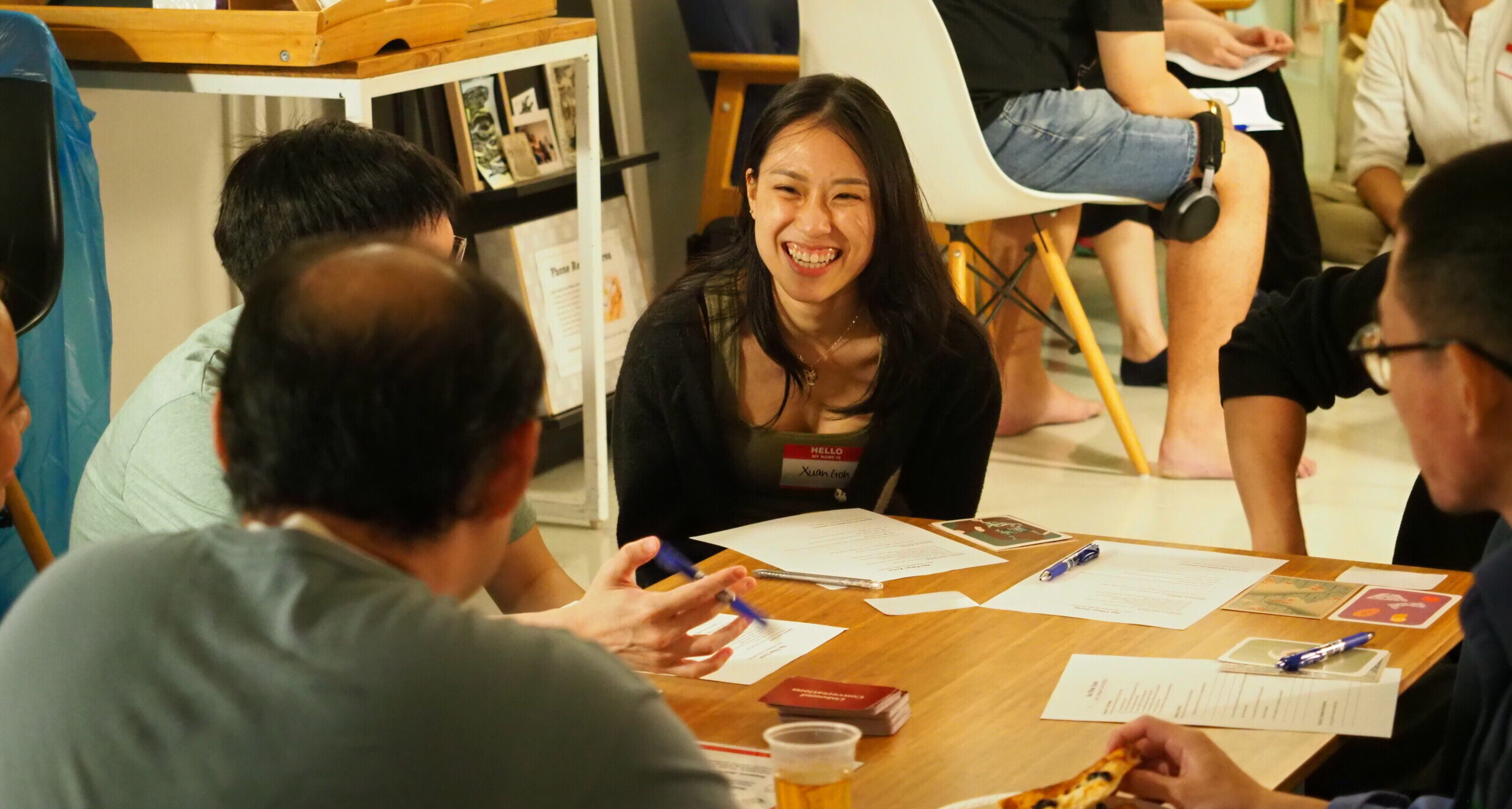
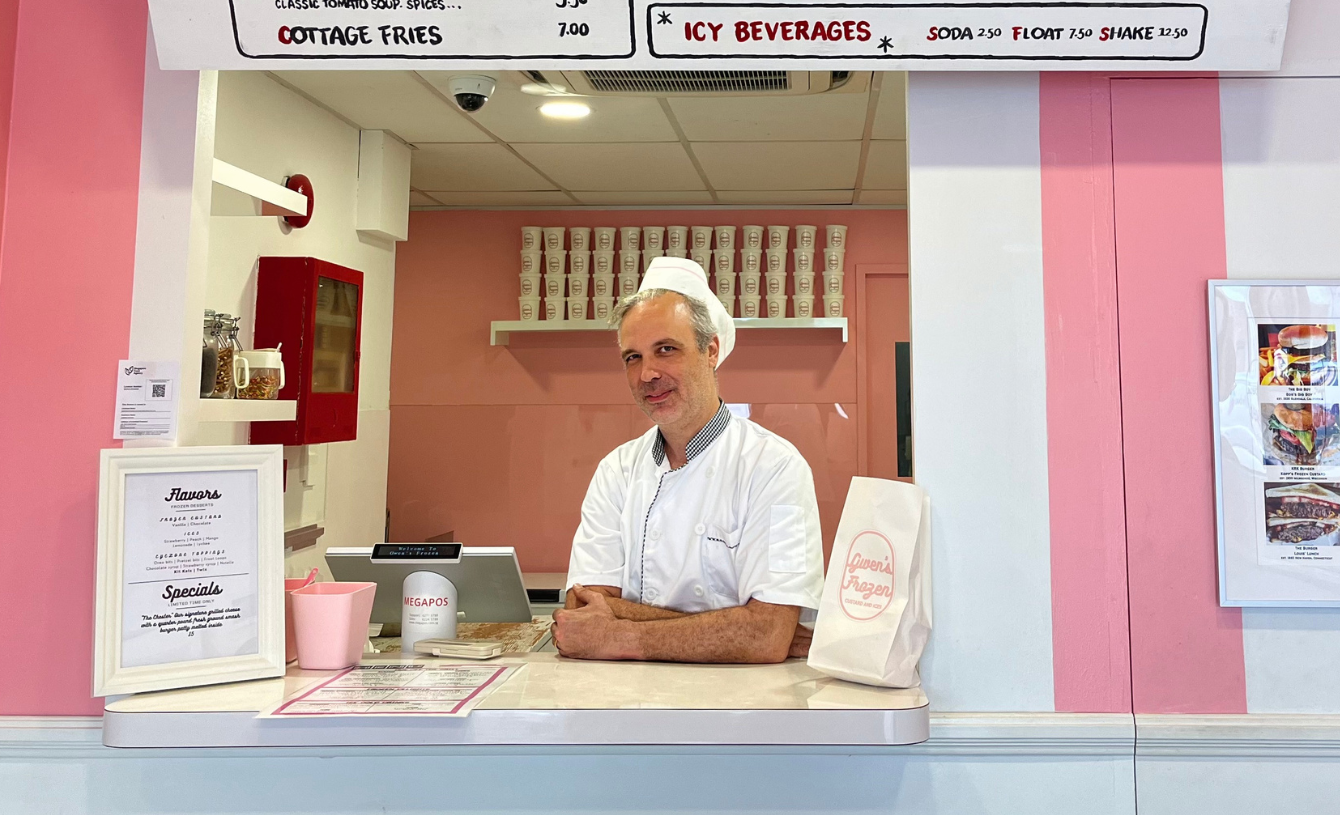

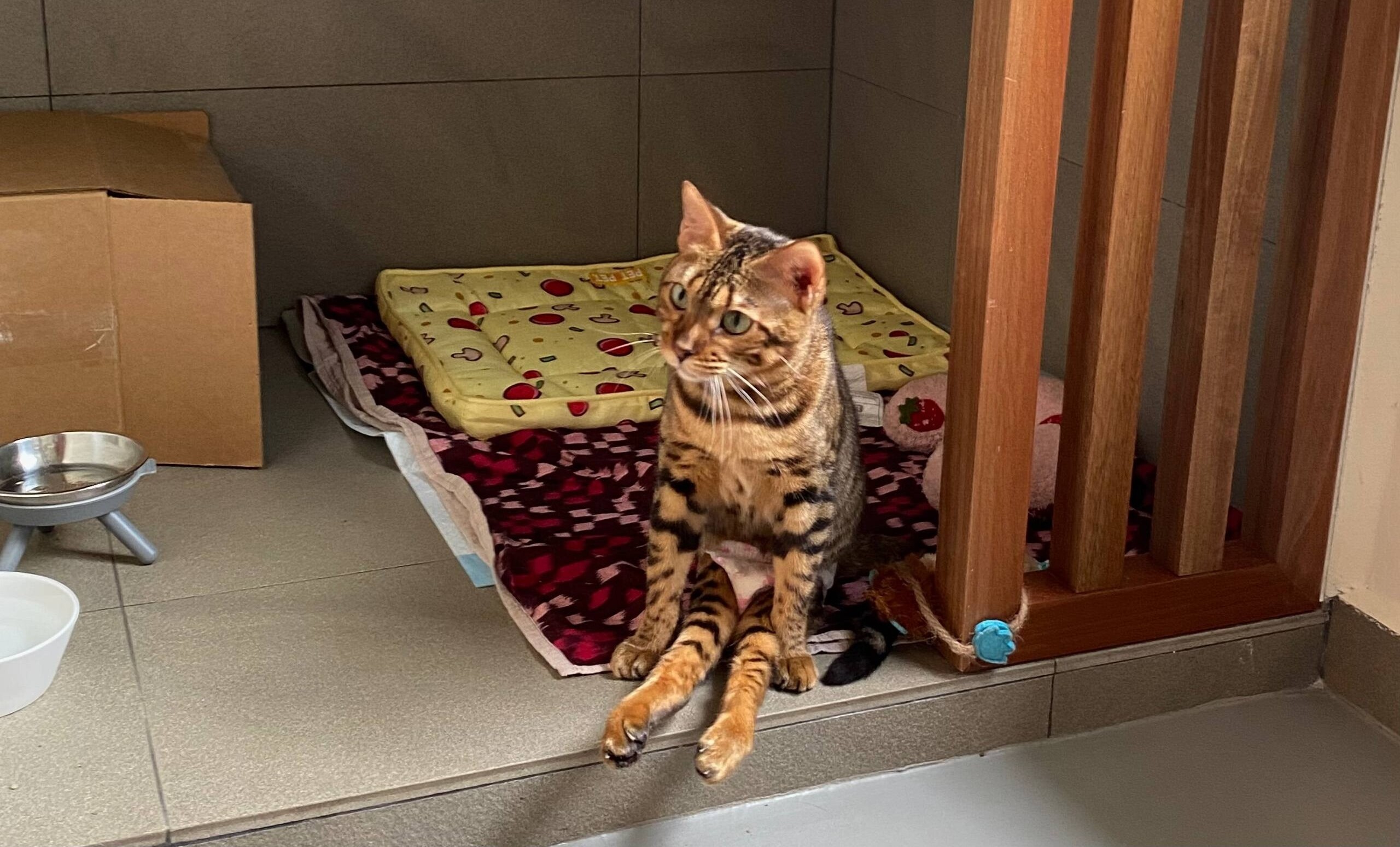

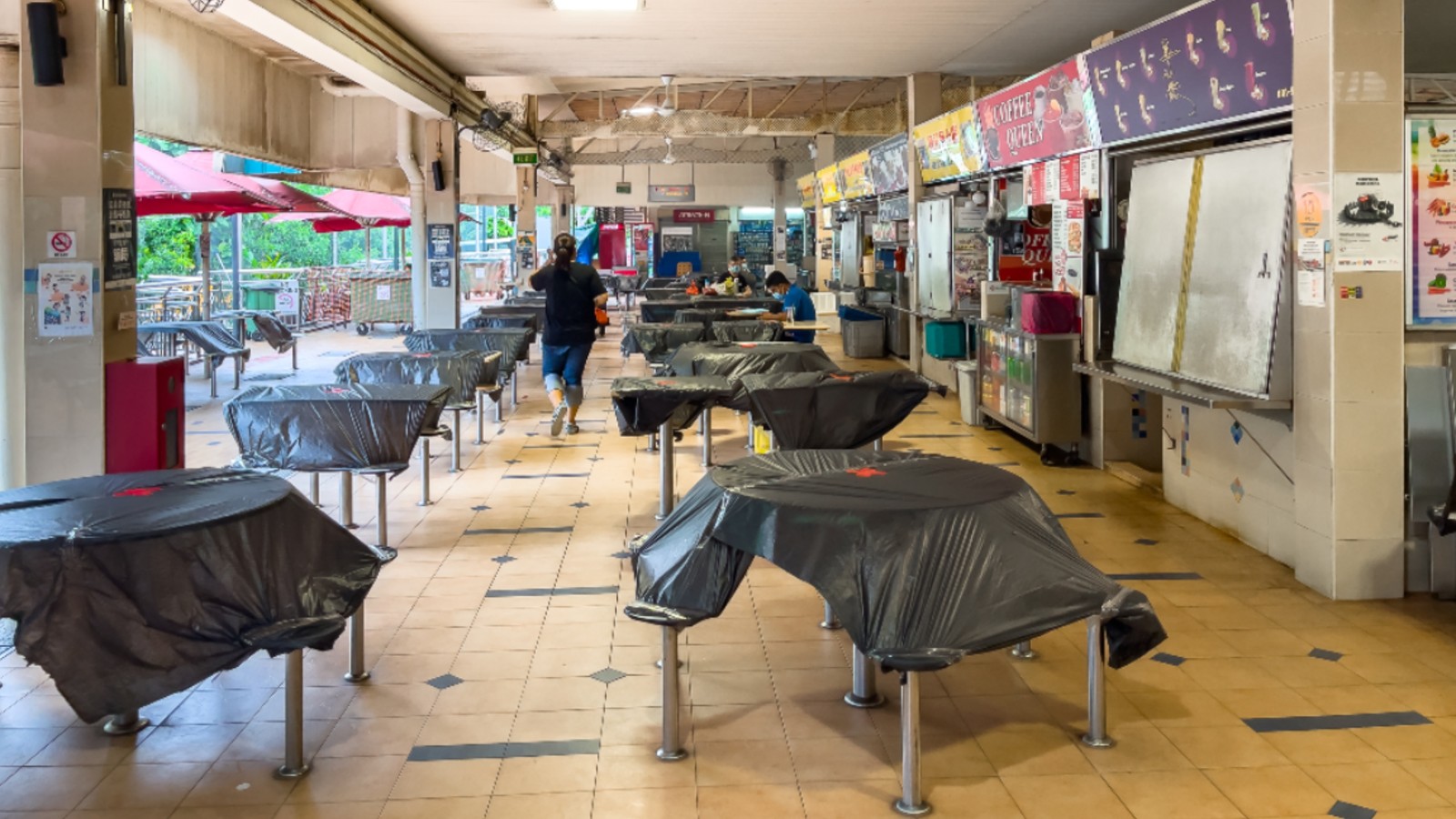
Cancel culture is a sharp sword
People might disagree with me, but this is not how we should deal with situations like these. The thing about cancel culture is that… it cancels.
Next week, we would have moved on to other things – plans to meet friends to dine out, the next review of Disney’s Loki, a new TikTok dance… whatever, but the world has changed irrevocably for this man, who has since been suspended and is now under investigation.
I believe what he did was wrong. But the punishment must fit the crime. Is this the best way of changing a person’s mindset?
No one becomes a bigot overnight. Similarly, no one changes his views overnight. We seem to think that we can force change by showing someone the error of his ways. Unless it’s a crime, changing someone’s behaviour isn’t an easy task. As a friend of mine once told me, “last I checked, being a jerk isn’t a criminal offence.”
Call out bad behaviour yes, but let’s not turn on each other. Stones and glass houses, people.
Then there is the Facebook post by an Indian man, Livanesh Ramu, who shared how he was harassed by a neighbour who kept banging a gong while he was doing his bi-weekly prayers.
Yes, it is good that awareness has been raised but Ramu’s response to the reactions is in the right spirit that we should take — by focusing on the positive.
He said in an update: “Hi everyone, we have given our statements to the authorities and they are investigating the matter. While we await their findings, I do not wish to speculate on behalf of my neighbour with regard to her actions. We will update you further as the investigation concludes.
“In the meantime, it is indeed heartening to see fellow Singaporeans in solidarity against intolerance. My family and I wish to thank everyone for their thoughts and well-wishes. Thank you for letting us know we are not alone.”
Let’s use cancel culture like a scalpel: To be used surgically, like calling out tone-deaf attempts at being woke by organisations like Circles.Life. If we wield it too recklessly, we run the risk of things turning into an irreparable bloody mess.
Positivity in Phase 3 and onwards
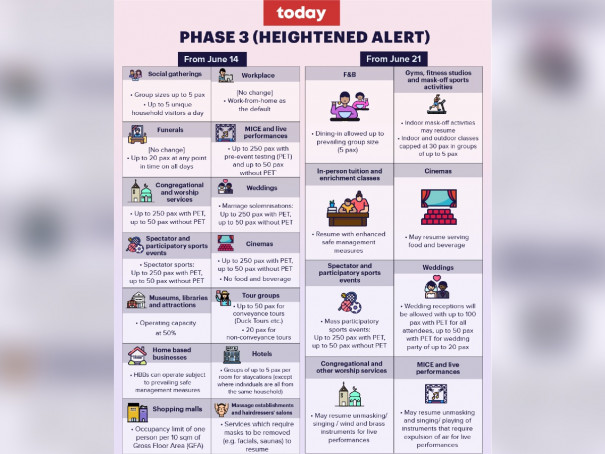
So back to Phase 3. I really like what Today did in its infographic on the new Phase 3 Heightened Alert rules. It’s subtle and I didn’t spot it until a colleague of mine pointed it out. But it’s a great example of spreading positivity and a little nod towards inter-racial harmony. Hint: Look at the bottom right of the graphic.
So let’s choose to always look for the silver linings. To find the good in the bad. Not only in circumstances, but in people too.
To call out negativity but with tact and restraint. Because good and bad times come and go, but character remains.
Or as one online wit quipped about the constantly changing Covid terms, “call it Phase 3.14159 and we have come full circle”.
Well, at least we can have more visitors in the house next week – mahjong anybody?
If you like what you read, follow us on Twitter and Google News to get the latest updates.
